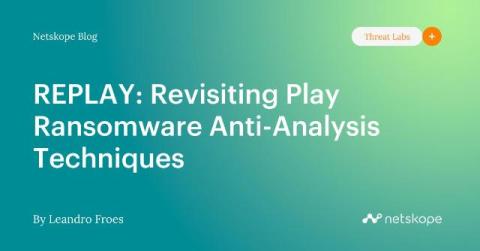A Developer's Tutorial to Using NPM Audit for Dependency Scanning
Many developers overlook the risks lurking in third-party packages. Every package you add could harbor vulnerabilities, potentially exposing sensitive user data and granting unauthorized access to your systems. It can lead to severe consequences, including data breaches, system compromises, reputation damage, and disruption of your services. With 80% of projects using at least one vulnerable package – it’s a crucial issue.











